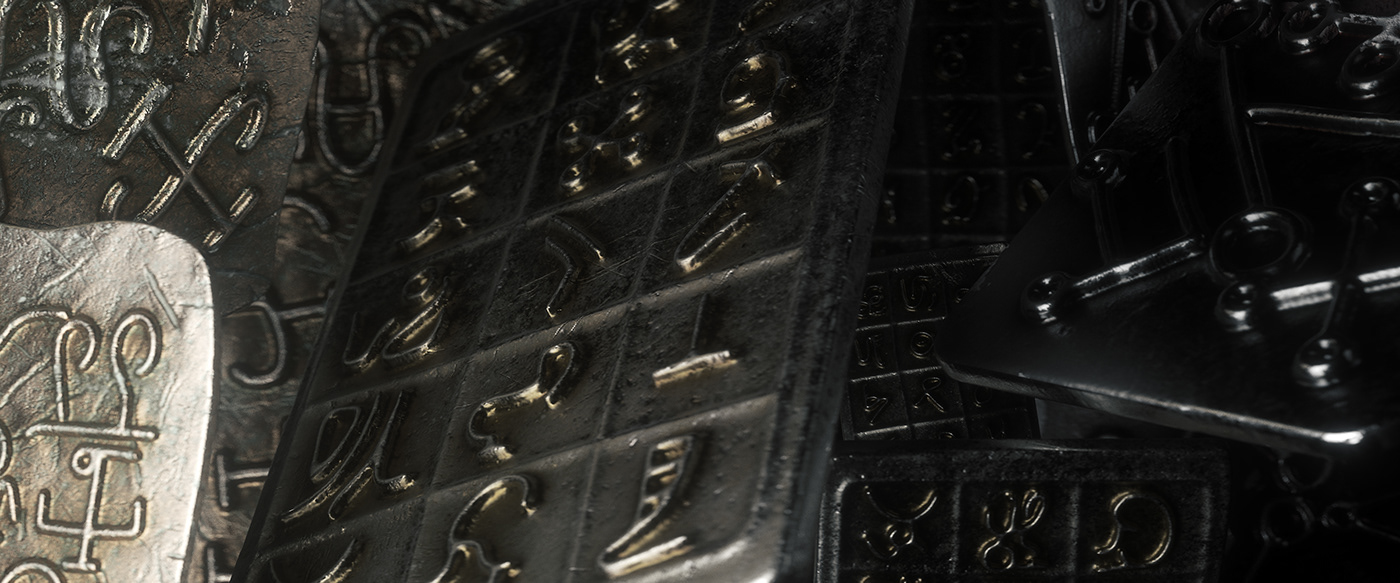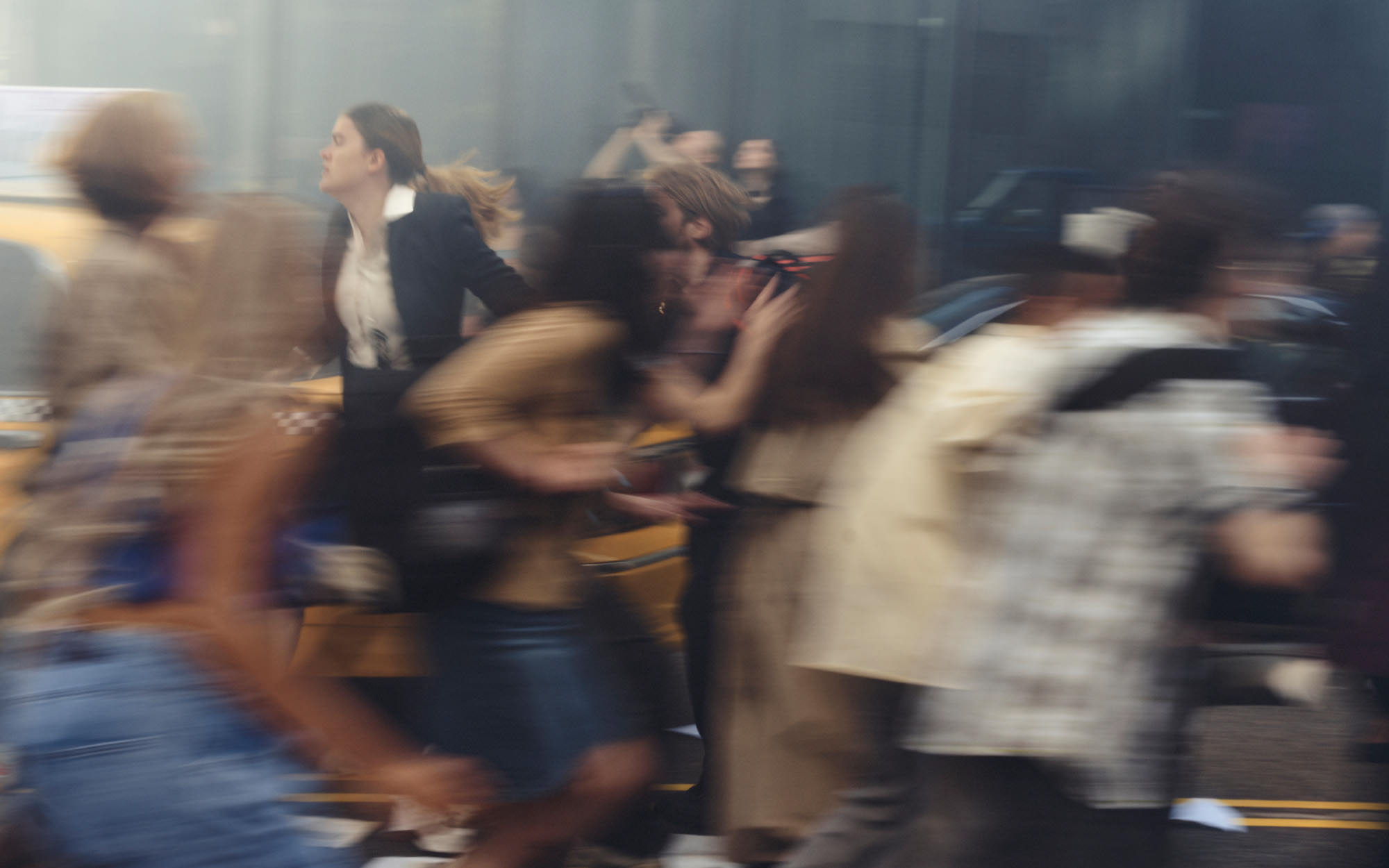
La Cueva de los Tayos
Cerca de la frontera sur de la Provincia amazónica de Pastaza, Ecuador: marcado por una línea que corre hacia el este desde al volcán Sangay y con otra que corre hacia el sur desde el volcán Sumaco: ocultado abajo del nivel del rio a dentro de una sección peligrosa del sistema de cuevas de los Tayos, algunos kilómetros de largo, formado por el rio Pastaza.
Near the southern border of the Amazon Province of Pastaza, Ecuador: marked by a line that runs east from the Sangay volcano and another that runs south from the Sumaco volcano: hidden below the level of the river within a dangerous section of the cave system of the Tayos, a few kilometers long, formed by the Pastaza river.

77º47'34 "West and 1º56'00" South
Se habla de una civilización debajo de la superficie de la tierra de la amazonia que data de antes del gran diluvio universal, en la cual algunas teorías hablan de una tribu avanzada con tecnología avanzada para su época, esto se puede ver reflejado en las fotografías de como rocas gigantes cortadas perfectamente y alineadas de tal forma que en nuestra época se necesitaría de maquinaria y grúas inmensas para lograr algo parecido a lo que se encuentra en la cueva de los tayos, otras teorías hablan de que estas cuevas son inmensas que pueden llegar hasta otros países de américa latina dando así hincapié a esta historia de esta raza superior que vivió o vive aún en la cueva.
There is talk of a civilization below the surface of the land of the Amazon that dates from before the great universal flood, in which some theories speak of an advanced tribe with advanced technology for its time, this can be seen reflected in the photographs of how giant rocks cut perfectly and aligned in such a way that in our time it would take machinery and huge cranes to achieve something similar to what is in the cave of the tayos, other theories speak of these caves are immense that can reach to other countries of Latin America thus emphasizing this history of this superior race that lived or still lives in the cave.

La presente investigación, de tipo cualitativa, tiene como objetivo fundamental rescatar la morfología de los símbolos incrustados en las librerias metálicas ocultas en la Cueva de los Tayos, Provincia Amazónica de Pastaza, Ecuador, ya que el legado de este hallazgo está en constante riesgo de desaparecer y por la importancia que las culturas tienen para la preservación de la identidad cultural ecuatoriana, saber de dónde venimos y hacia dónde vamos. La metodología aplicada para realizar el rescate de la morfología de los mencionados símbolos se basó en la revisión bibliográfica, específicamente de páginas web, donde se pudo consultar fuentes confiables de información de exploradores que visitaron la Cueva de los Tayos, registros fotográficos de la colección del padre Crespi y sobre la cultura Shuar en página gubernamental de la CONAIE. Una vez rescatados estos símbolos se procedió a clasificarlos de acuerdo a la estructura de las formas e inscripción y posteriormente a su vectorización. A través del rescate de estos símbolos y de la vectorización de las formas, se ha podido constituir un registro documental para la preservación de esta cultura ancestral, posibilitando además la profundización de su estudio en futuras investigaciones y su uso aplicado en el campo del diseño gráfico, la artesanía y las artes.
The present research, of a qualitative type, has as main objective to rescue the morphology of the symbols embedded in the hidden metal libraries in the Cave of the Tayos, Amazon Province of Pastaza, Ecuador, since the legacy of these findings is at constant risk of disappear and because of the importance that cultures have for the preservation of Ecuadorian cultural identity, knowing where we come from and where we are going. The methodology applied to rescue the morphology of the symbol symbols was based on the bibliographic review, specifically of web pages, where it was possible to consult reliable sources of information of explorers who detected the Cave of the Tayos, photographic records of the collection of the Father Crespi and about the Shuar culture on the CONAIE government page. Once rescued, these symbols are processed to classify them according to the structure of the forms and inscriptions and later to their vectorization. Through the rescue of these symbols and the vectorization of the forms, a documentary record can be constituted for the preservation of this ancestral culture, also allowing the deepening of its study in future research and its use applied in the field of graphic design, Crafts and arts.


























wankesh írunui - Frankolinas
Yampuna - Papagayo - Parrot


Yunkits - Guatusa
Yantána - Ocelote - Ocelot


Yákum - Mono - Monkey
Week - Hormiga - Ant


Wampishuk - Mariposa - Butterfly
Waáka núa - Vaca - Cow


Tsukanka - Tucán - Toucan
Sawa - Conejo - Rabbit


Uunt yawá - Tigre - Tiger
Úrik - Cangrejo - Crab

Thanks For Watching
Gracias Por Ver




